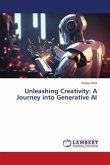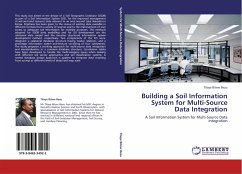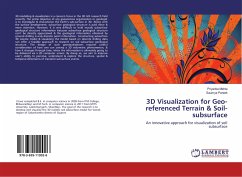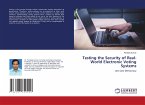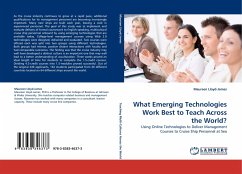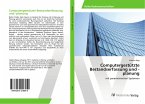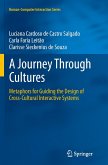The concept of this book, Soil Erosion Rate Calculator (SERC) is designed over the Qt Designer interface & Python language. SERC is a plugin which is installed into the geospatial software package Quantum GIS (QGIS). This helps to find the soil erosion rate from the prepared raster layers. The Basic working principle of this plugin is the Universal Soil Loss Equation (USLE) introduced by Wieschmeier & Smith. This plugin calculates soil erosion rate from prepared layers of R-factor (Rainfall Erosivity), K-factor (Soil Erodibility), C-factor (Cover & Management) and LS factor (Slope Length and Steepness). This plugin is developed for the geo-processing software named QGIS. Currently QGIS doesn`t offer any customized tool for finding soil erosion rate yet. This is one of the limitations of QGIS. So, finding soil erosion is a time-consuming process. But QGIS provides a plugin called plugin builder for customization so we can develop tools for our interest. With the development of SERC we can save a lot of time from analysis procedure. So, through this book I am trying to explain how to create a new plugin & automate the annual soil erosion rate calculation of a geographical area.
Bitte wählen Sie Ihr Anliegen aus.
Rechnungen
Retourenschein anfordern
Bestellstatus
Storno


